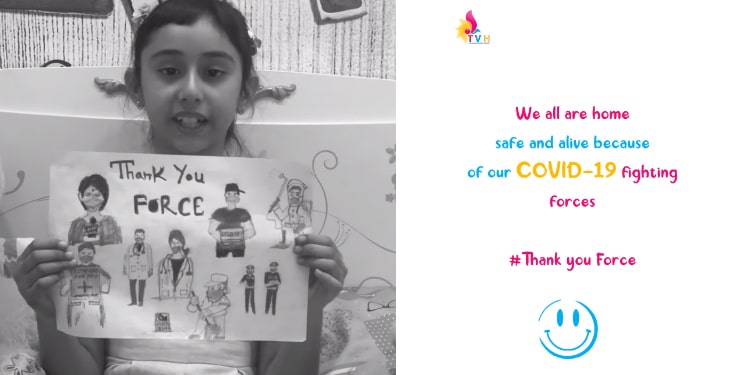Animation is a complex and fascinating field that requires creativity, technical skills, and attention to detail. Whether you're a seasoned animator or just starting out, there are certain mistakes that you must avoid in order to create compelling and effective animations. Here are 10 common mistakes every animator must avoid:
1. Skipping the Planning Stage
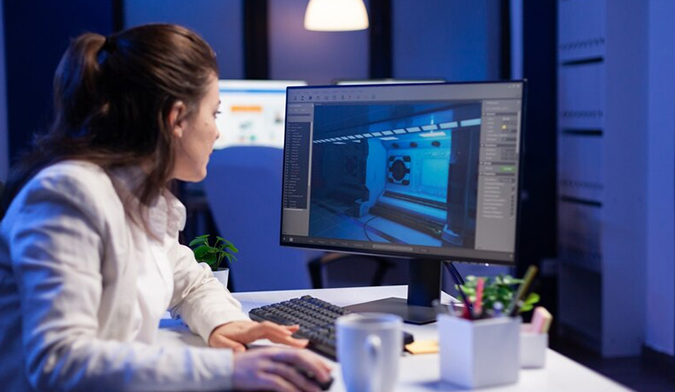
The planning stage is a critical step in the animation process that is often overlooked. It involves creating a clear vision for the animation, developing a story or script, creating storyboards, and developing character designs. Skipping this stage can result in a lack of direction and poor storytelling.
Storyboarding is an essential part of the planning stage. It involves creating a visual representation of the animation that shows the sequence of events and camera angles. Storyboards allow animators to experiment with different ideas and refine the story before the actual animation process begins. Creating animatics is another important step in the planning process. Animatics are rough, storyboard-like animations that give a sense of the timing and pacing of the animation. They allow animators to make adjustments before the final animation is created.
Developing character designs is also crucial during the planning stage. Characters should be designed with the story and animation style in mind. Character designs should be consistent throughout the animation and reflect the personality and emotions of the characters.
2. Ignoring the Fundamentals
No matter how advanced your skills are, it's essential to master the fundamentals of animation. The principles of animation, such as timing, spacing, and weight, are the building blocks of good animation. Ignoring these basics can result in animations that feel unnatural and unappealing.
Timing is the principle of animation that determines how long each action takes. Animators must consider the timing of each movement and make sure it flows naturally. Spacing is the principle of animation that deals with the distance between objects or characters. Animators must ensure that spacing is consistent and reflects the weight and movement of the characters.
Weight is another crucial principle of animation. It determines how heavy an object or character feels and how it interacts with other objects. Animators must consider weight when animating movements like jumping, running, or falling.
3. Not Paying Attention to Detail
Animation is all about the details. Failing to pay attention to small details like facial expressions, hand movements, and lip sync can detract from the overall quality of your animation.
Facial expressions are particularly important in animation because they convey emotion and personality. Animators must pay attention to details like eye movements, eyebrow raises, and mouth shapes to create believable and expressive characters. Hand movements are another important detail in the animation. Hands can convey emotion, emphasize dialogue, and add personality to characters. Animators must pay attention to hand movements and make sure they are consistent throughout the animation.
Lip sync is another detail that can make or break an animation. Animators must ensure that the lip movements match the dialogue and that the mouth shapes are realistic and expressive.
4. Overcomplicating Animations
Simple animations can be just as effective as complex ones. Overcomplicating your animations can result in confusion and distract from the message you're trying to convey.
Overcomplicating animations can take many forms. It might involve adding too many characters or objects, using too many camera angles, or including unnecessary movements or effects. Animators should strive to create animations that are simple, clear, and easy to understand.
5. Poor Pacing
Pacing is crucial to creating an engaging animation. Animations that are too slow or too fast can lose the viewer's attention and fail to convey the intended message.
Pacing is determined by the timing of the animation and the use of camera angles and cuts. Animators must consider the mood and tone of the animation and adjust the pacing accordingly. A fast-paced action sequence, for example, might require quick cuts and fast movements, while a slow, emotional scene might require slower pacing and longer shots.
6. Inconsistent Character Design
Keeping your character designs consistent throughout the animation is essential for creating a cohesive and believable world. Inconsistent character design can be distracting and take the viewer out of the story.
Character design should be consistent in terms of proportions, color scheme, and style. The character's appearance should also reflect their personality and emotions. It's essential to maintain consistency in every aspect of the character design, from the way they move to the way they talk.
7. Poor Camera Movement
Camera movement is an essential aspect of animation that can greatly enhance the viewer's experience. Poor camera movement, however, can be disorienting and take away from the animation's overall quality.
Camera movement should be smooth and purposeful. It should serve to highlight important elements of the animation, such as the character's emotions or the action sequence. Animators should experiment with different camera angles and movements to find the ones that best fit the animation's tone and mood.
8. Ignoring Sound Design
Sound design is an often-overlooked aspect of animation that can greatly enhance the viewer's experience. Ignoring sound design can result in a flat and lifeless animation.
The sound design includes elements like music, sound effects, and dialogue. These elements should work together to create a cohesive and immersive world. Animators should pay attention to details like sound effects and music cues to add depth and emotion to the animation.
9. Using Too Many Tweens
Tweens are a popular animation technique that involves creating keyframes and letting the software fill in the in-between frames. While tweens can save time and effort, relying too heavily on them can result in animations that feel mechanical and unnatural.
To avoid using too many tweens, animators should focus on creating smooth and fluid movements. They should also pay attention to details like spacing and weight to make sure the animation feels natural.
10. Not Seeking Feedback
Feedback is essential to improving your animation skills. Not seeking feedback can result in stagnant growth and a lack of improvement.
Animators should seek feedback from a variety of sources, including peers, mentors, and clients. Feedback can help identify areas of improvement and provide new perspectives on your work. It's essential to listen to feedback with an open mind and use it to grow as an animator.
What are the animation errors that animators make frequently?
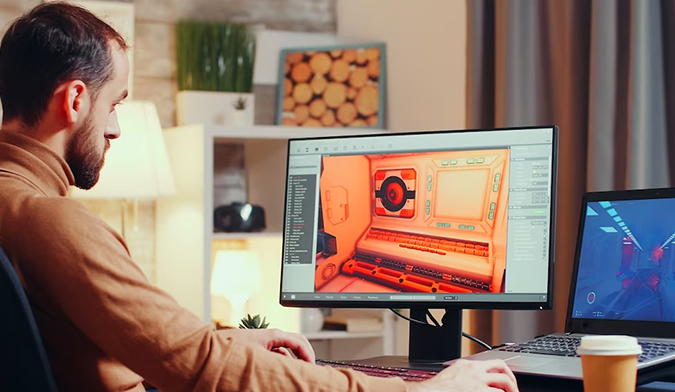
Animation errors are mistakes that occur during the animation process that can negatively impact the final product. These errors can range from minor visual glitches, such as misplaced pixels or flickering objects, to significant issues that completely detract from the animation's impact. Some common animation errors include issues with timing, such as character movements that are too slow or too fast, issues with character design, such as disproportionate limbs or inconsistent expressions, and technical issues, such as rendering errors or problems with software compatibility. Animation errors can be frustrating and time-consuming to fix, but by identifying and avoiding them, animators can create high-quality animations that effectively convey their intended message.
Why is it necessary to choose a video animation company to avoid animation mistakes?
Choosing a reputable video animation company can be crucial in avoiding animation errors in your projects. Professional animation companies have experienced animators and quality control processes in place to ensure that animations are created to the highest standards, free from common errors and mistakes. These companies often have access to the latest software and technology, allowing them to create animations that are visually stunning and technically sound.
In contrast, attempting to create animations in-house or with a less experienced team can increase the risk of animation mistakes occurring. This is particularly true for those who may be new to animation or working with outdated software. Without the expertise and resources of a professional animation company, it can be challenging to identify and fix animation errors, which can lead to costly delays and mistakes.
Working with a professional animation company can also provide access to additional resources, such as scriptwriting, storyboarding, and voiceover services, that can enhance the overall quality and impact of your animations. Ultimately, choosing a video animation company can help ensure that your animations are of the highest quality, free from errors, and effectively convey your intended message to your audience.
Conclusion
Animation is a complex and rewarding art form that requires skill and attention to detail. Avoiding these common mistakes can help you create animations that are engaging, cohesive, and visually stunning. By focusing on the planning stage, mastering the fundamentals, paying attention to details, and seeking feedback, you can create animations that are truly exceptional.




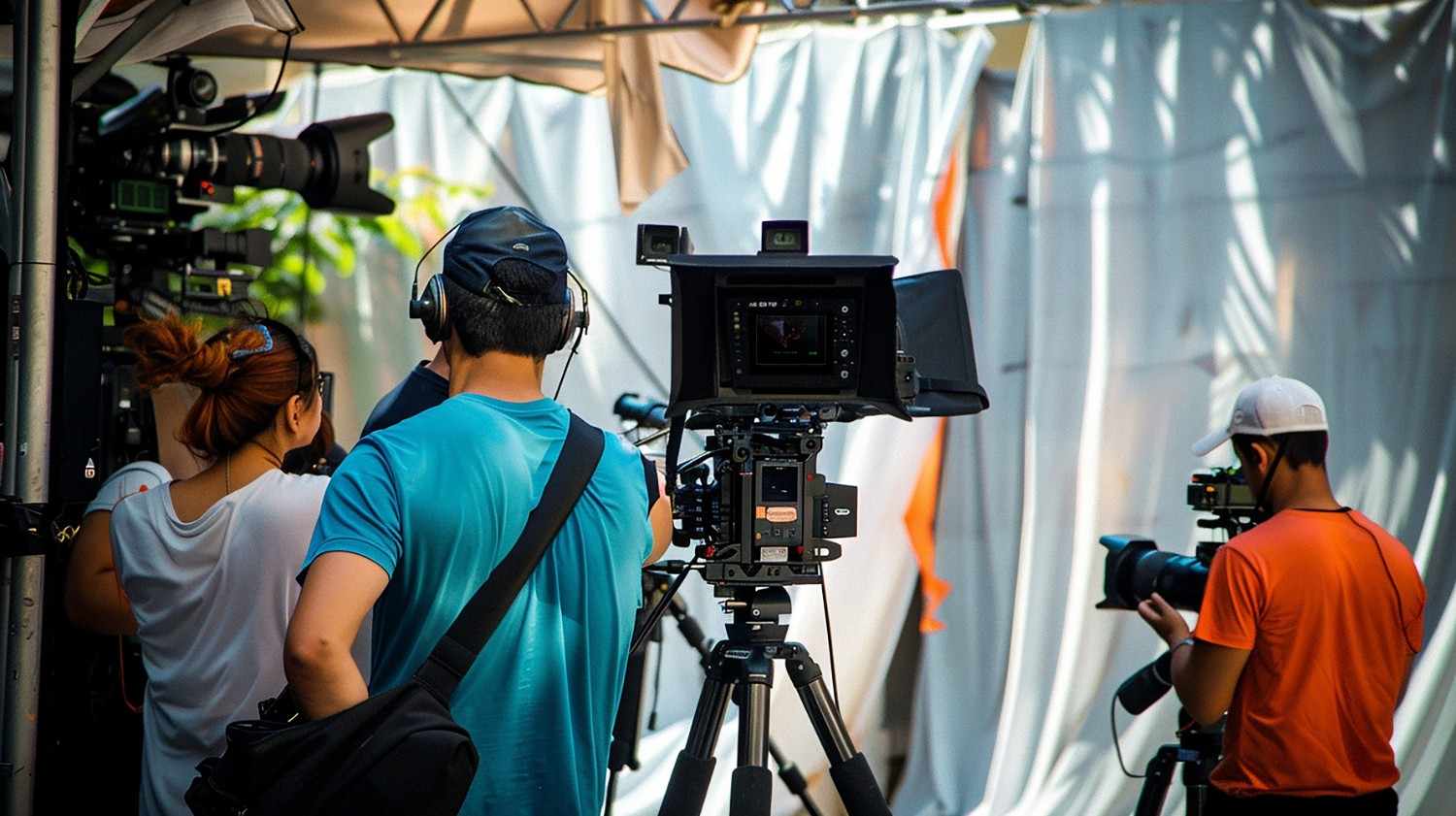


.jpg)




.png)


.jpg)
.jpg)
.jpg)

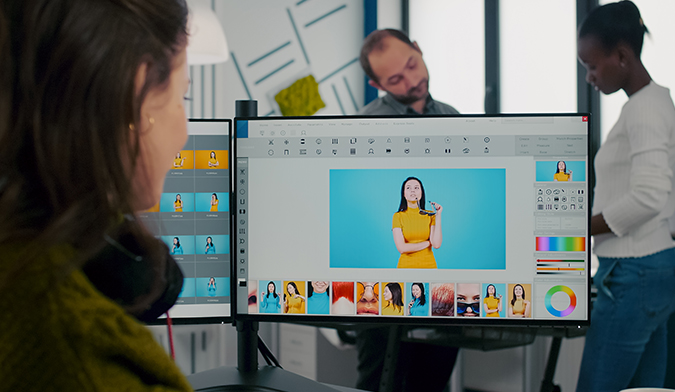
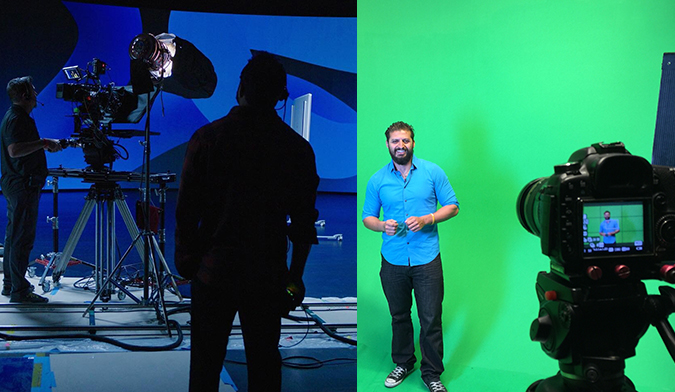



.jpg)

.jpg)

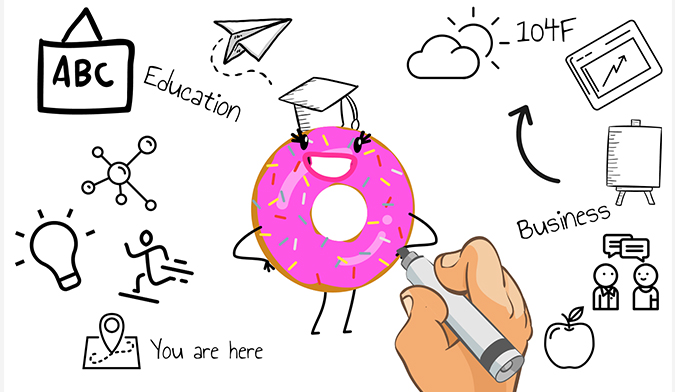
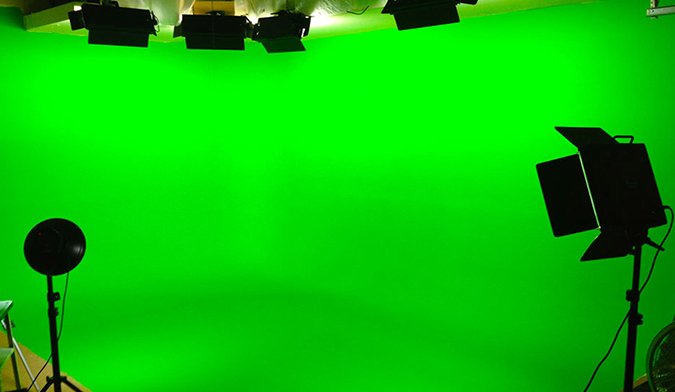
.jpg)

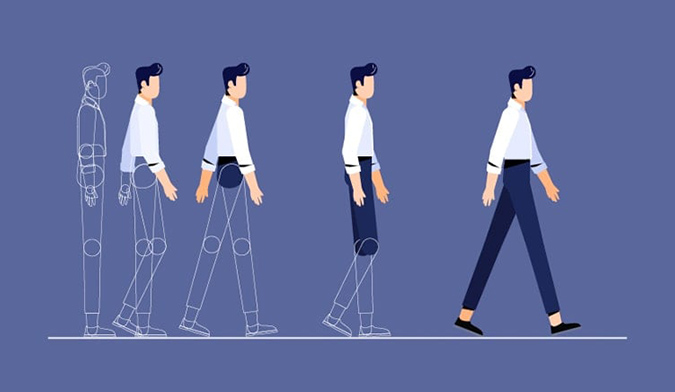


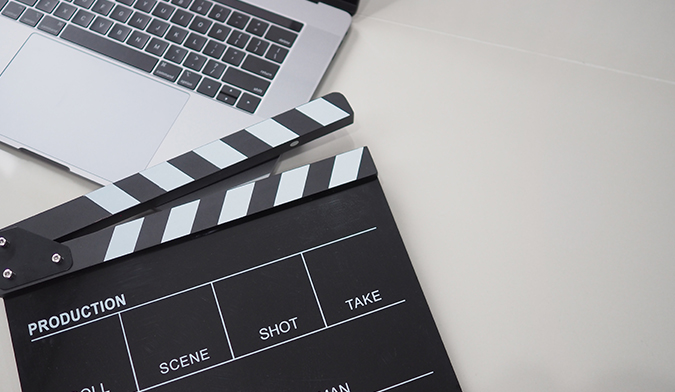
.jpg)
.jpg)
.jpg)
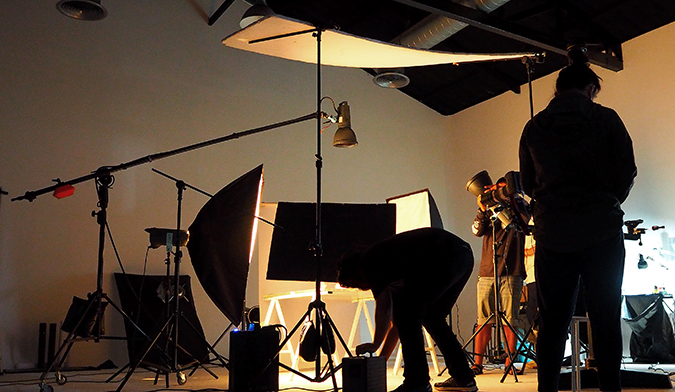
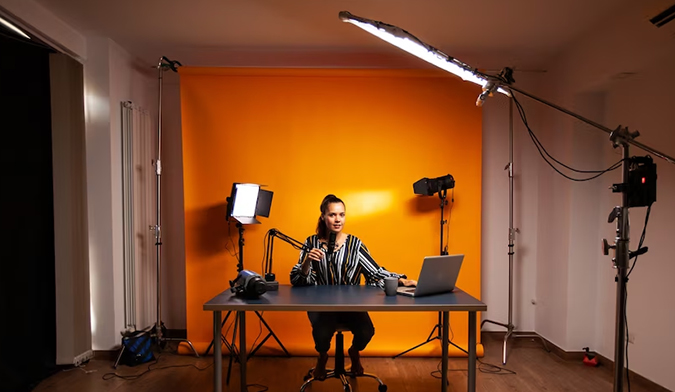
.jpg)

.jpg)
.jpg)
.jpg)
.jpg)
.jpg)
.jpg)
.jpg)
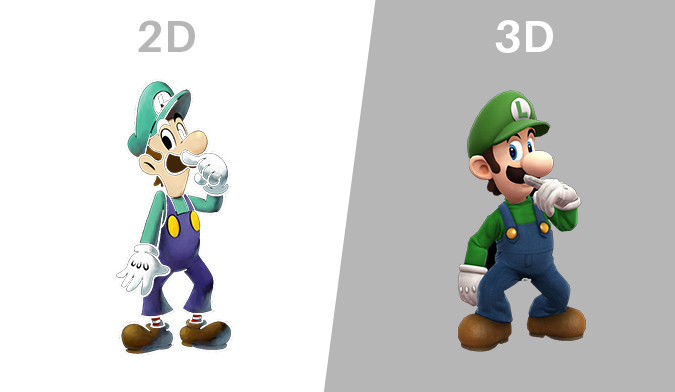
.jpg)
.jpg)
.jpg)


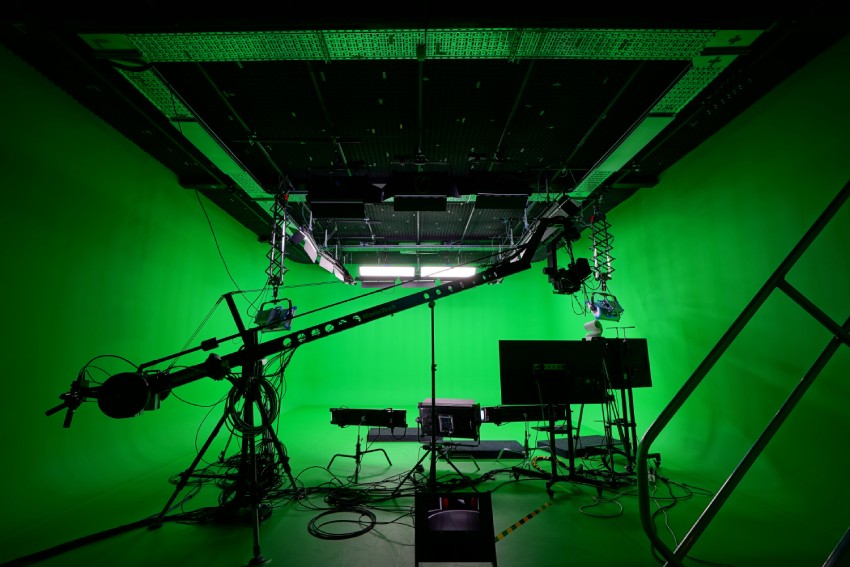




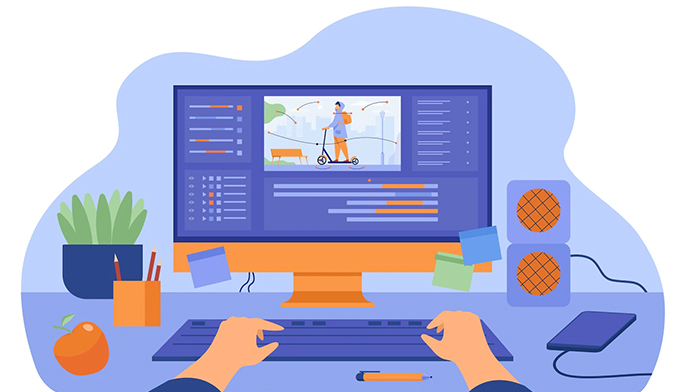







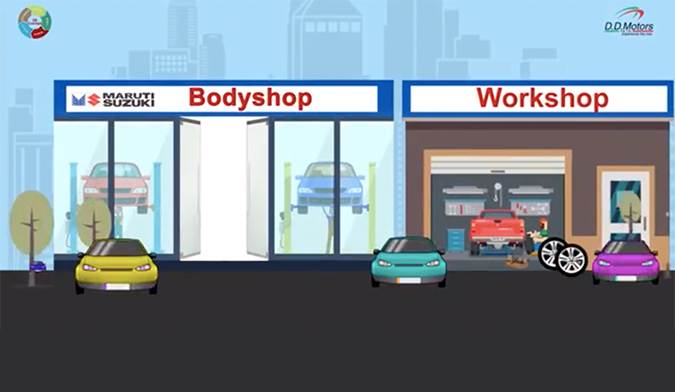
.jpg)




.jpg)
.jpg)
.jpg)
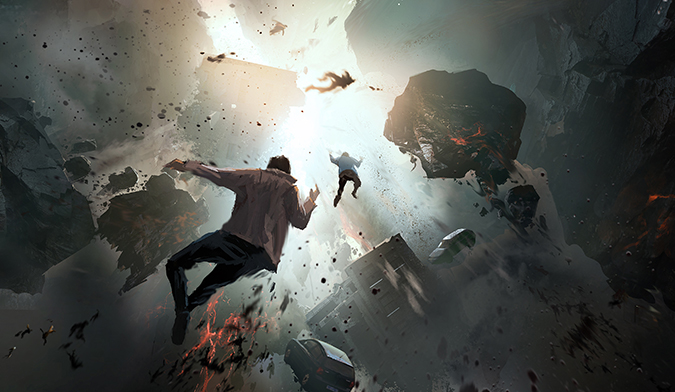
.jpg)
.jpg)
.jpg)
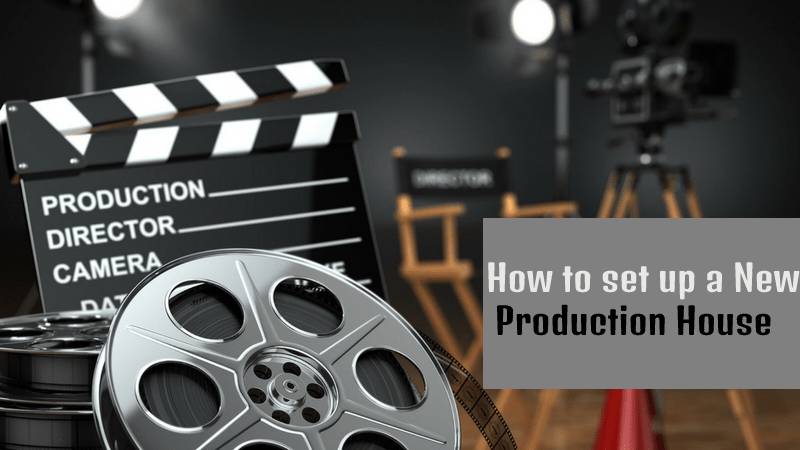

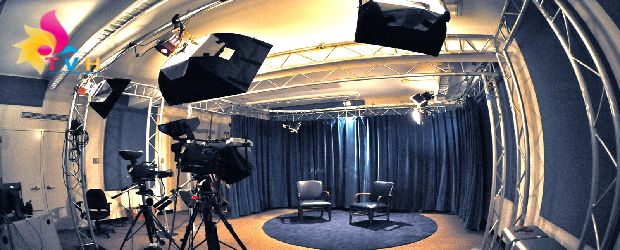
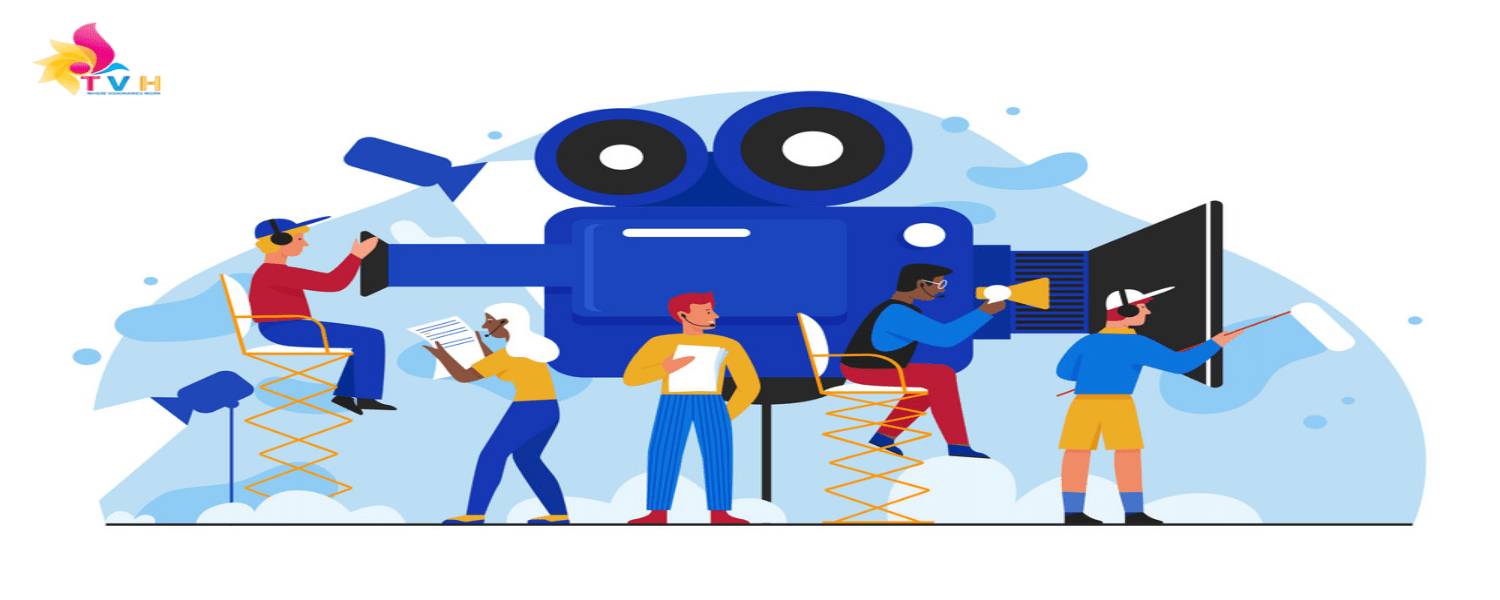
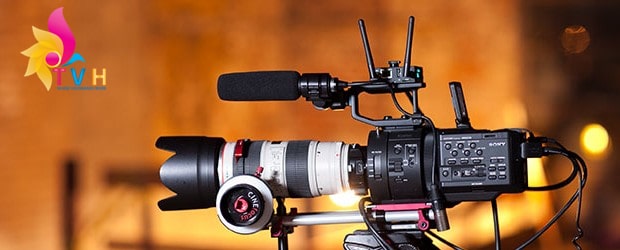
.jpg)
.jpg)
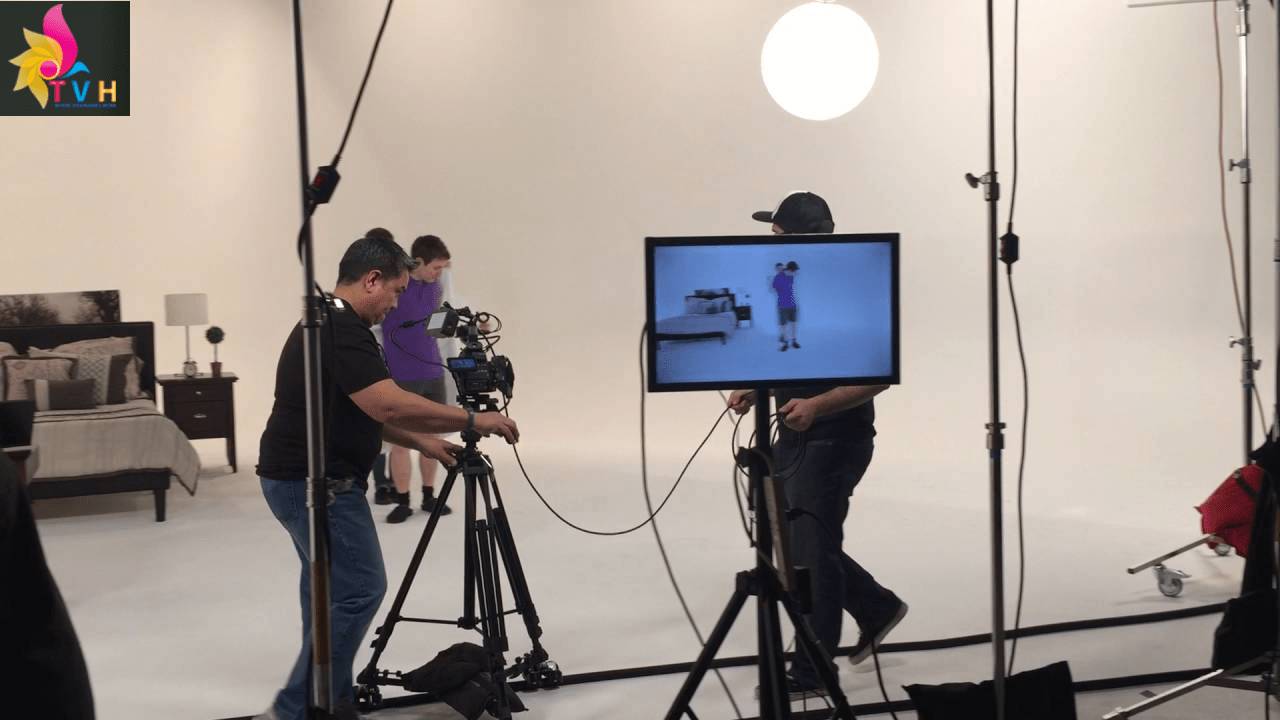




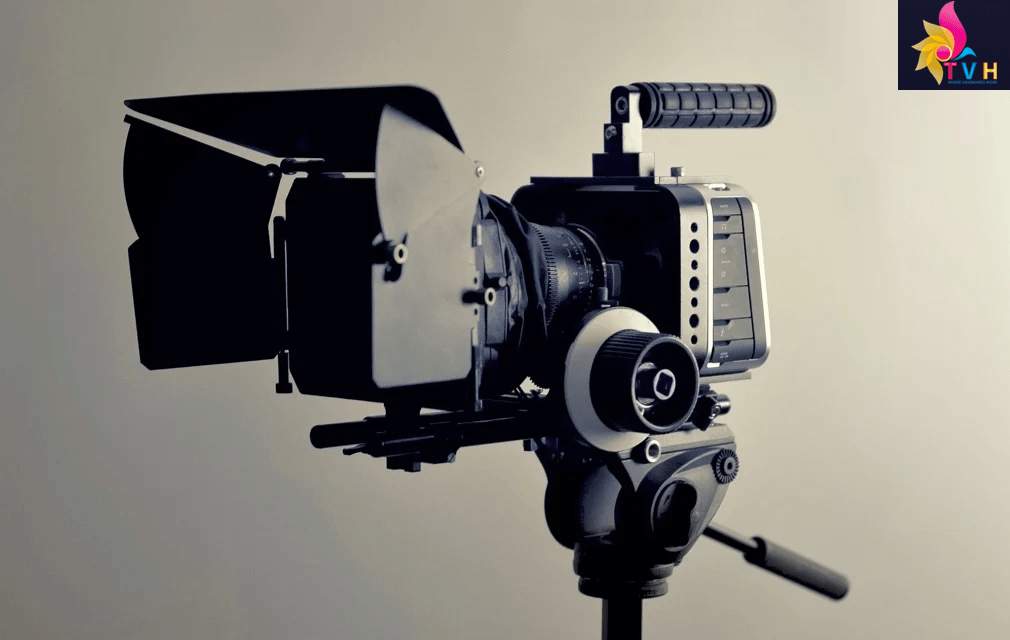

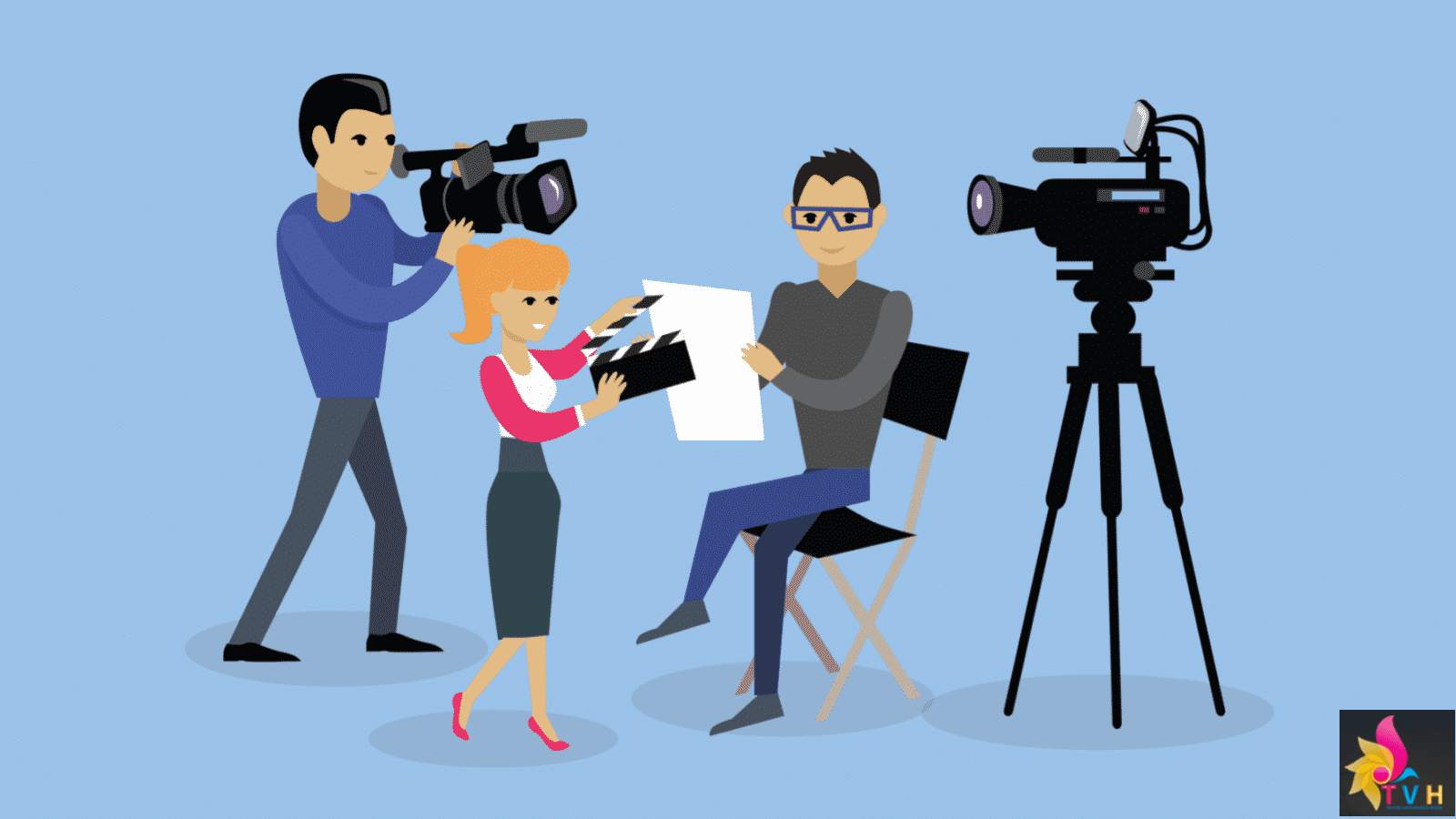
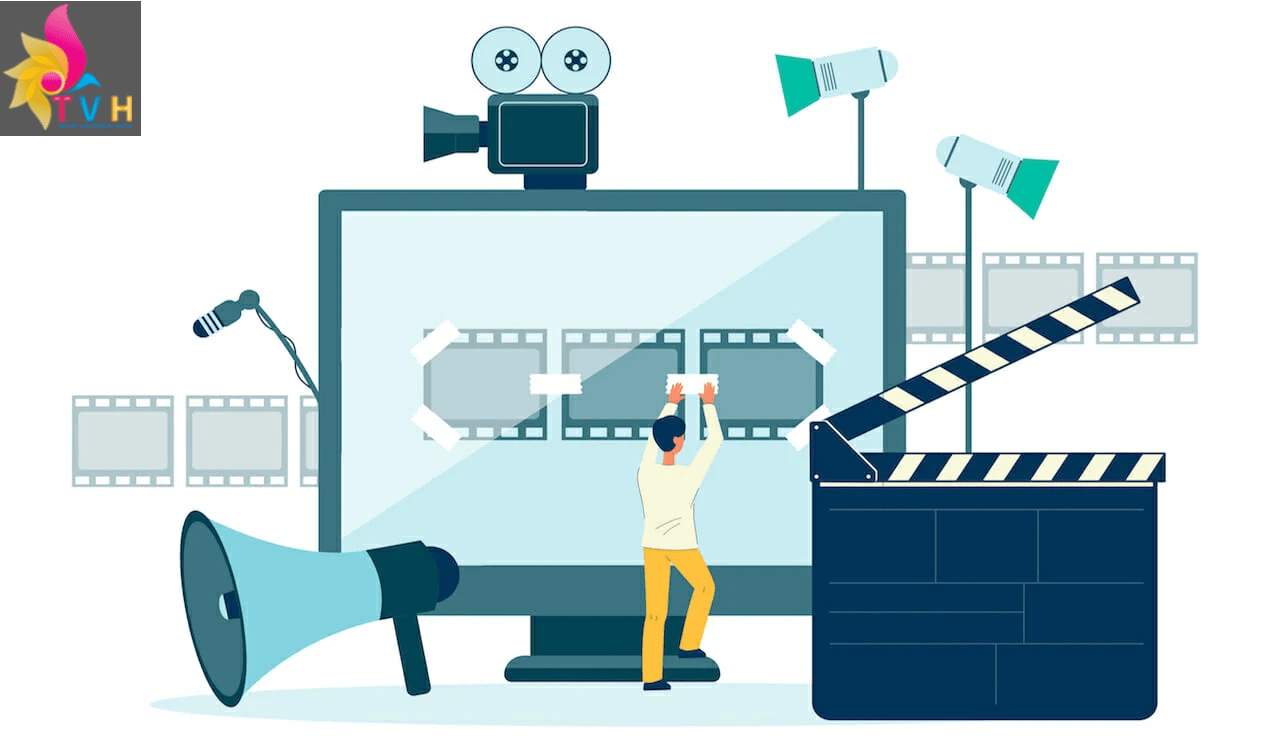

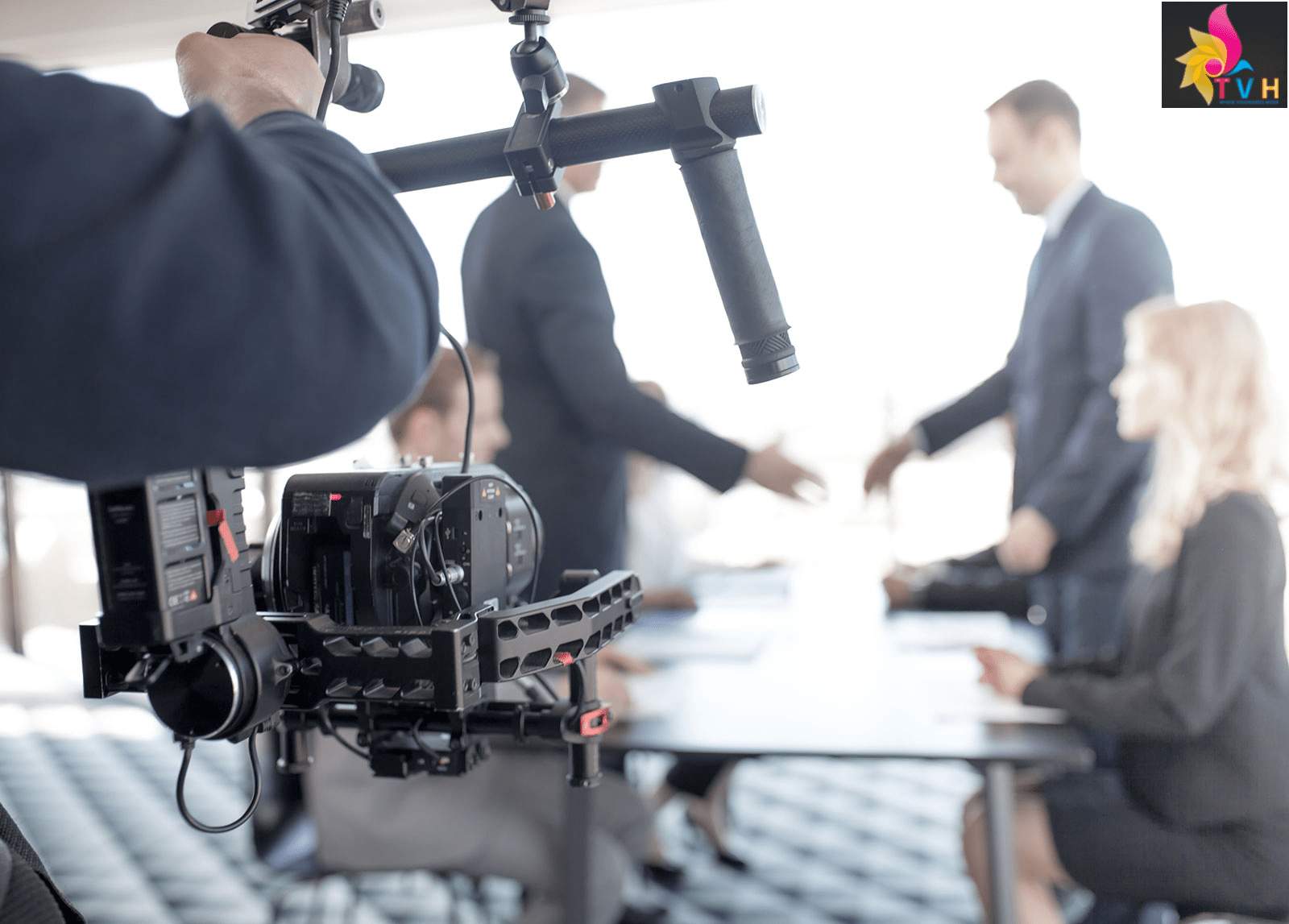


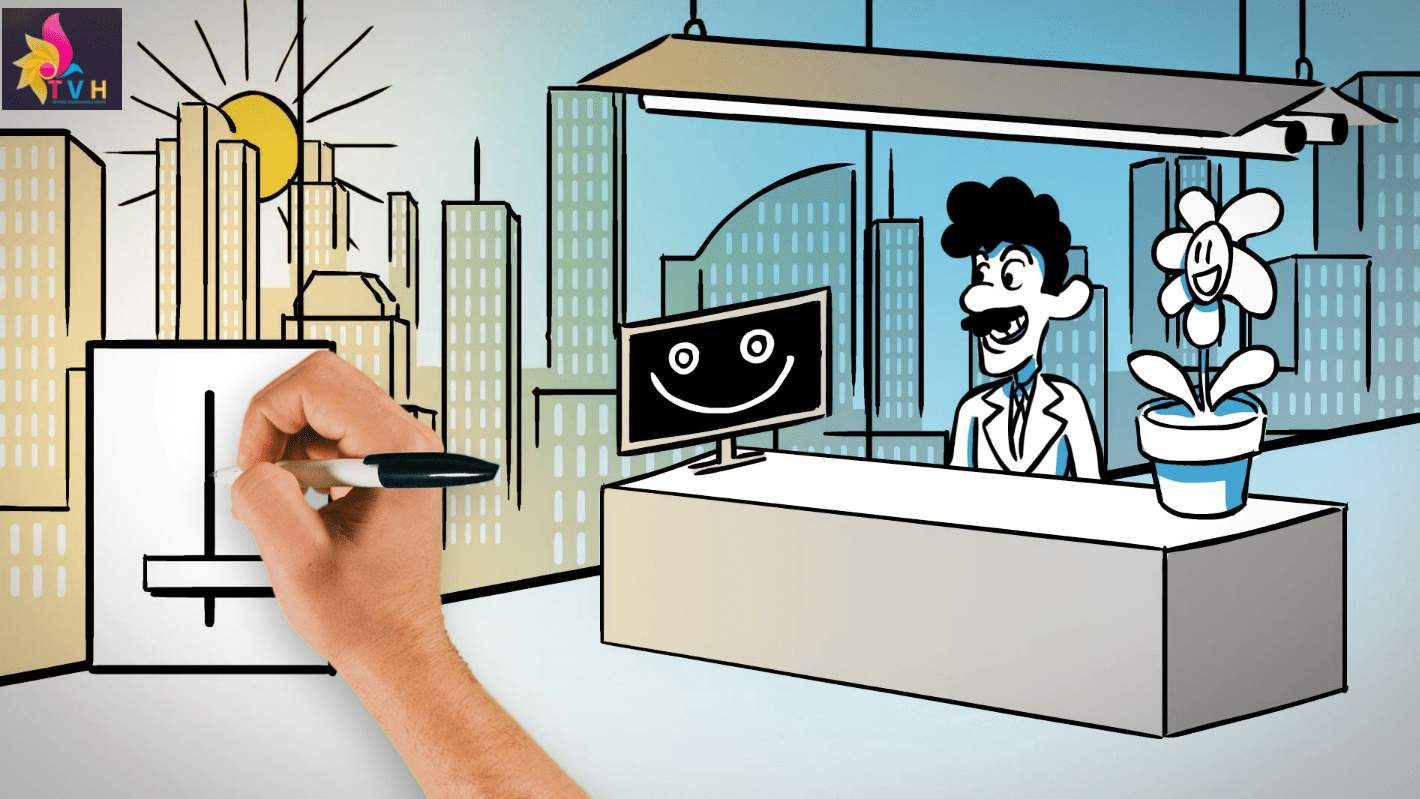


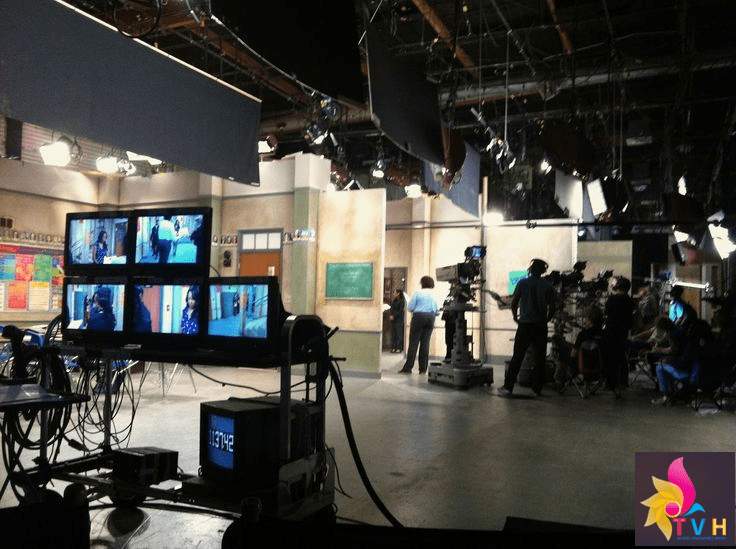
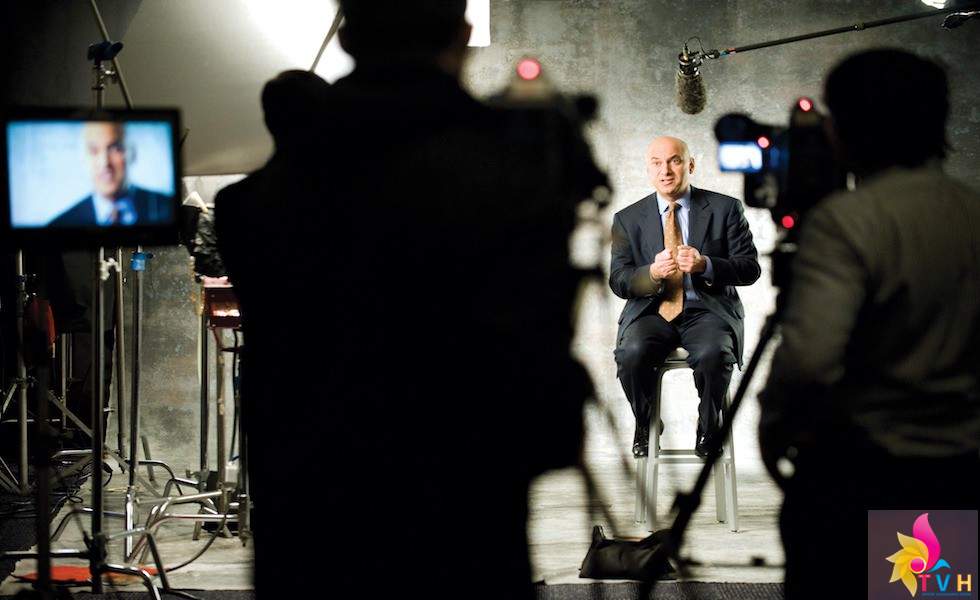

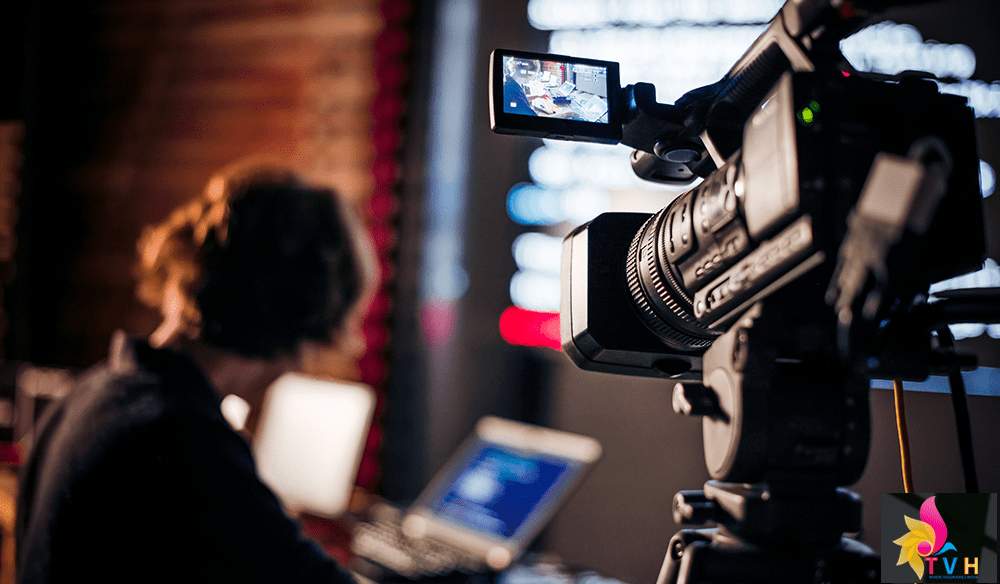

.jpg)
.jpg)
.jpg)

.jpg)
.jpg)
.jpg)
.jpg)











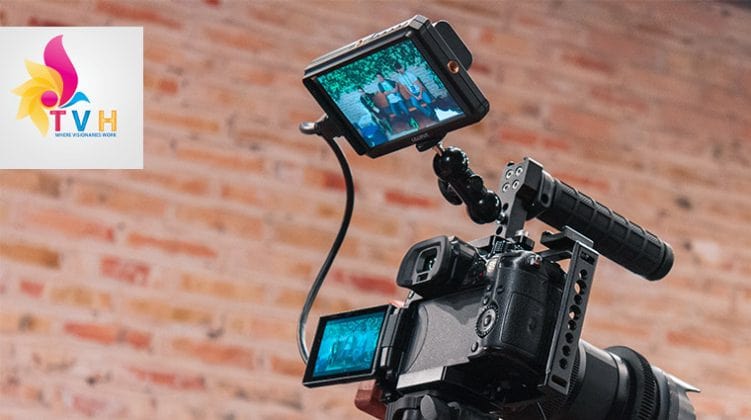
.jpg)
.jpg)
.jpg)
.jpg)
.jpg)
.jpg)
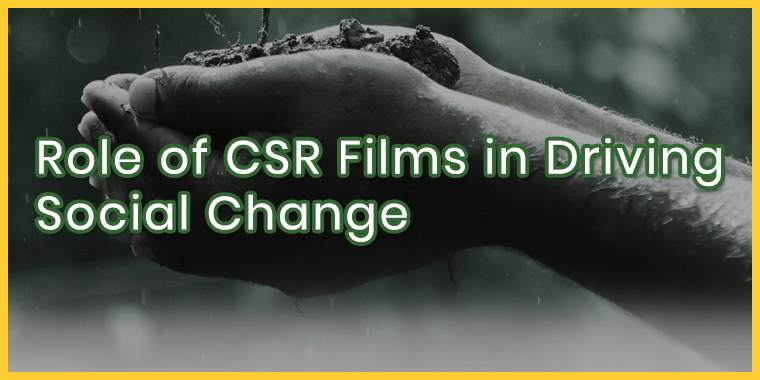

.jpg)
.jpg)
.jpg)
.jpg)
.jpg)

.jpg)
.jpg)
.jpg)
.jpg)
.jpg)
.jpg)
.jpg)
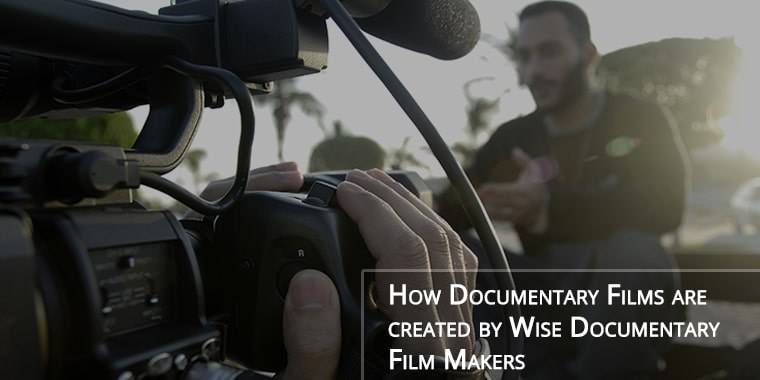


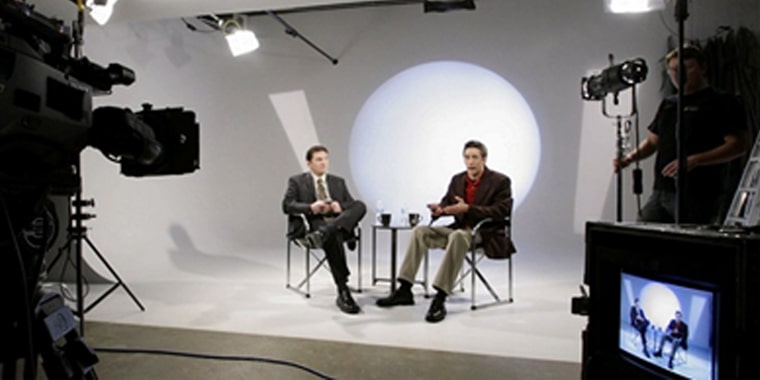

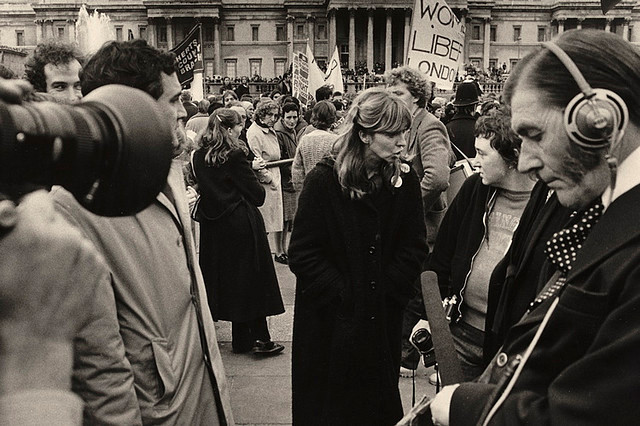
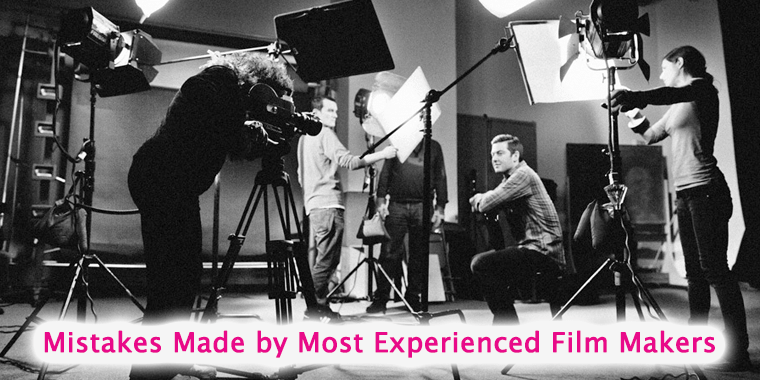
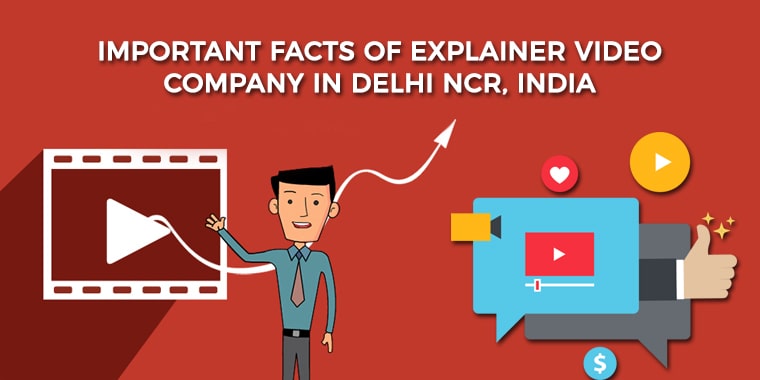
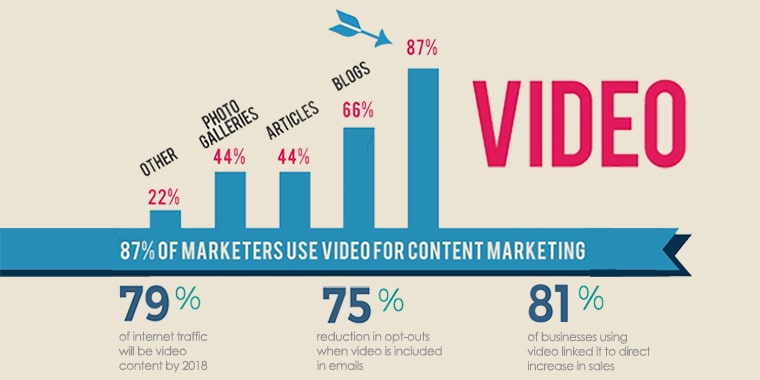






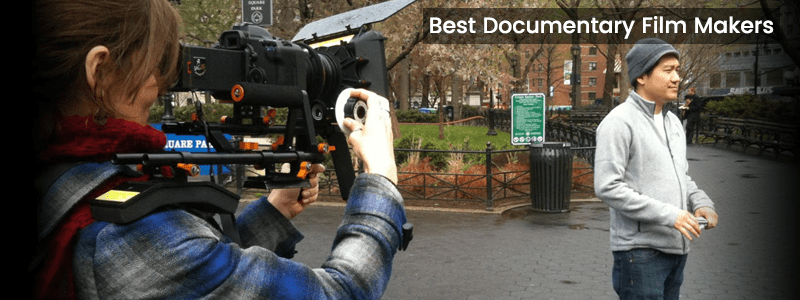




.jpg)
.jpg)



